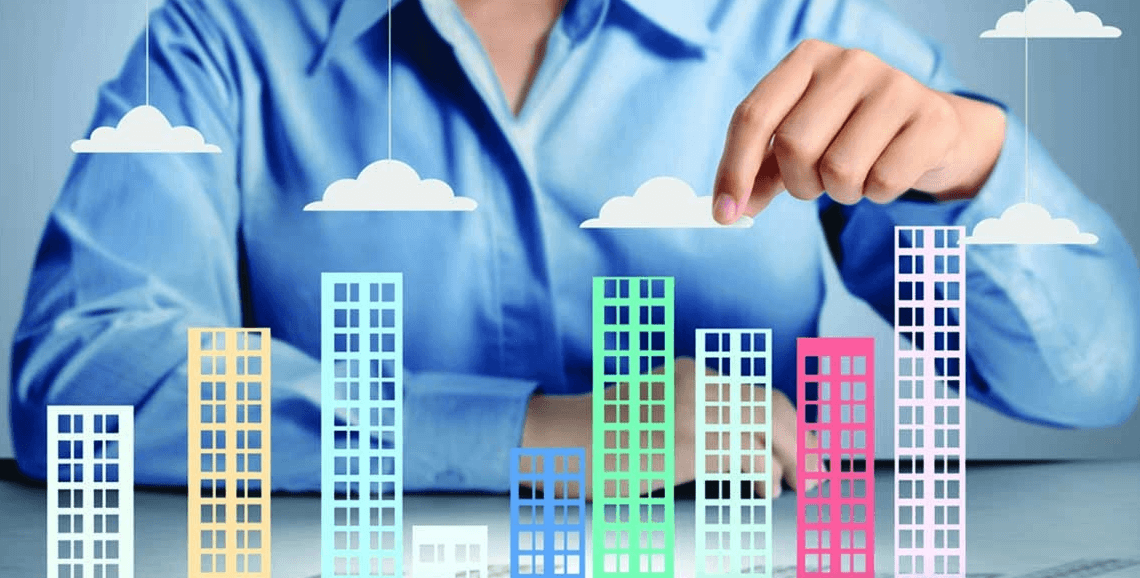Introduction
In an age where health and wellness are at the forefront of lifestyle choices, fitness-oriented developers are shaping real estate by placing physical activity at the core of community design. These developers understand that modern homeowners seek more than just comfortable living spaces—they want environments that support healthier, more active lives. By integrating state-of-the-art fitness amenities, outdoor spaces, and wellness-driven layouts, fitness-oriented developers are redefining what it means to live in a truly active community.
Fitness-oriented developers focus on creating communities that seamlessly encourage movement and healthy living. Their projects often feature gyms equipped with the latest technology, yoga and pilates studios, and multipurpose wellness centers that go beyond traditional residential amenities. By offering these facilities within easy reach, residents are able to integrate fitness into their daily routines without the barriers of distance or inconvenience.
Outdoor design is another hallmark of these developments. Landscaped jogging trails, bike paths, open parks, and sports courts are thoughtfully planned to provide residents with opportunities for exercise in fresh air and natural surroundings. This emphasis on outdoor activity not only promotes physical health but also nurtures mental well-being by fostering a deeper connection to nature.
Within private residences, developers often incorporate features that complement active lifestyles. Open layouts, home gyms, and wellness-focused design elements such as natural light and ventilation create an environment conducive to both relaxation and movement. Smart home technology is also being integrated to support fitness tracking, air quality monitoring, and other wellness-related innovations.
Community is central to fitness-oriented projects. Developers frequently design shared spaces where residents can participate in group classes, recreational sports, or community events centered around health. These activities build camaraderie and create a culture of collective wellness, reinforcing the idea that fitness is not just an individual pursuit but a community-driven value.
Sustainability and accessibility further enhance these developments. Eco-conscious materials, energy-efficient systems, and green building methods align with the ethos of healthy living, while strategic locations near schools, hospitals, and transport hubs ensure that active lifestyles remain practical and convenient.
From an investment perspective, fitness-oriented developments are gaining momentum as demand for wellness-focused housing continues to rise. Buyers and investors see value not only in the physical amenities but also in the long-term lifestyle benefits that these communities promote. As health-conscious living becomes a lasting trend, these properties stand out as both desirable and future-ready.
Conclusion
Fitness-oriented developers are creating more than just places to live—they are designing communities that foster healthier, more active lives. By blending modern amenities, wellness-focused design, and a culture of fitness, they provide environments where residents can thrive physically and mentally. As the demand for active living grows, fitness-oriented developers will continue to set the standard for communities that embody the true meaning of health and vitality.




